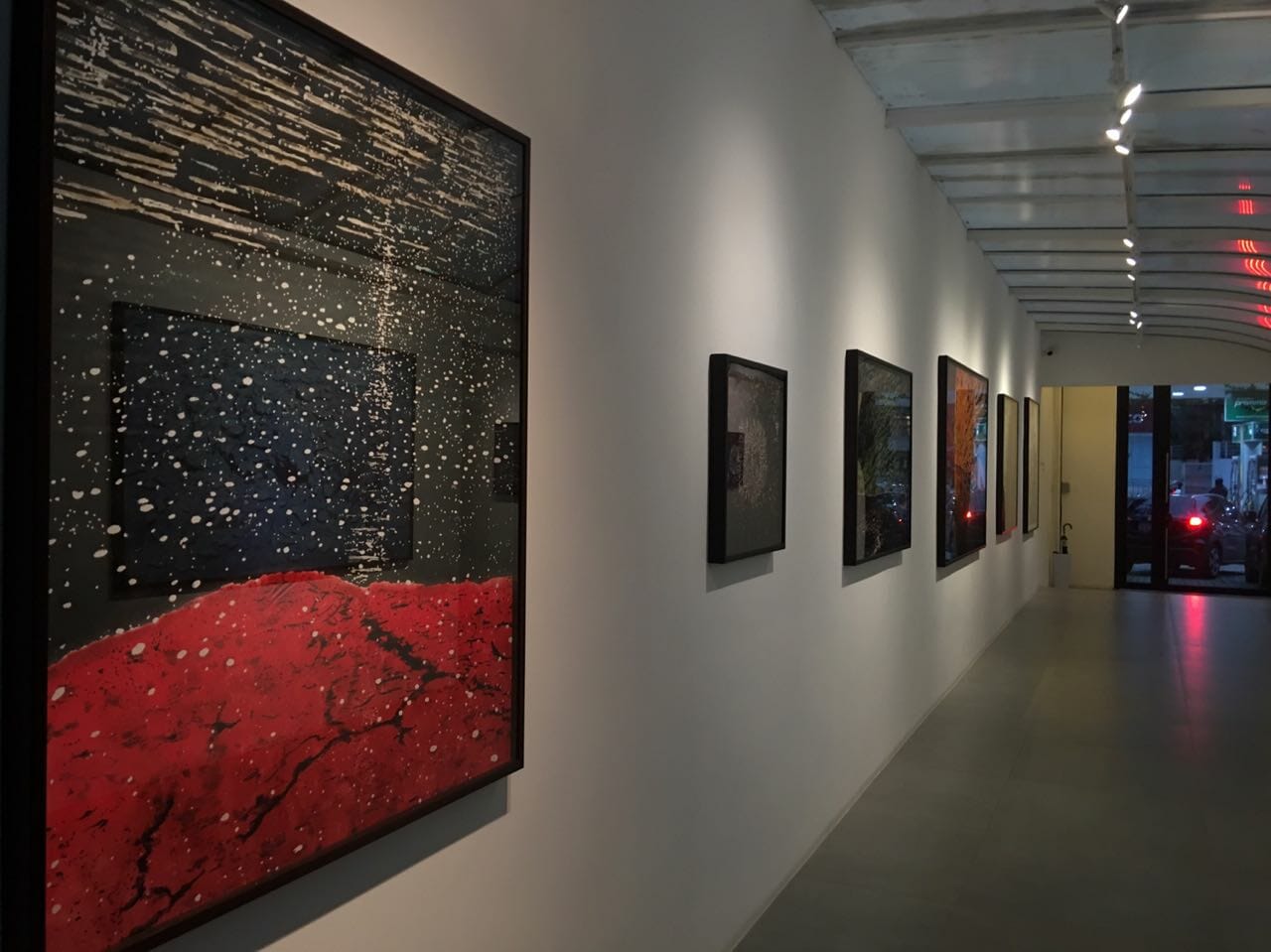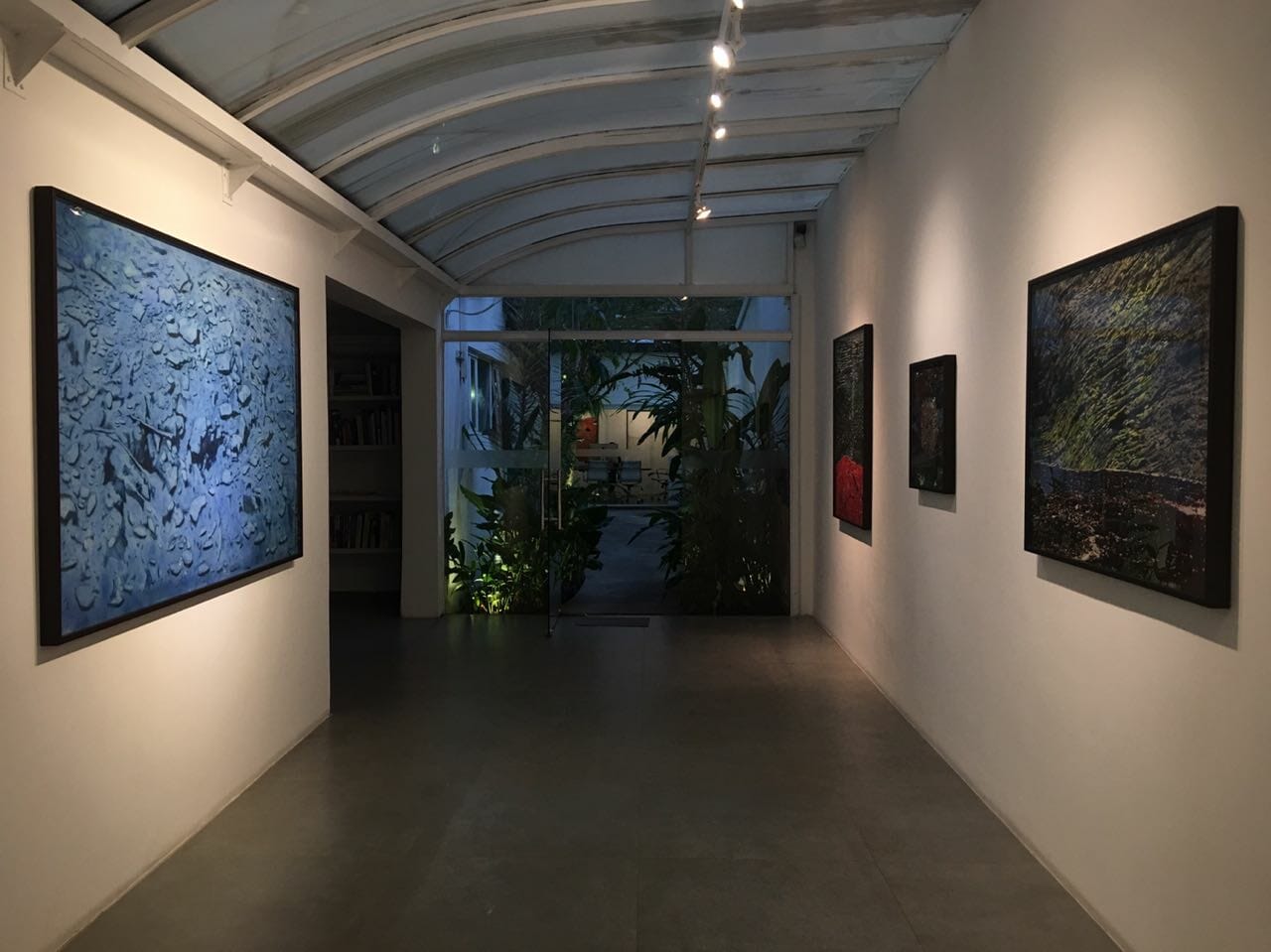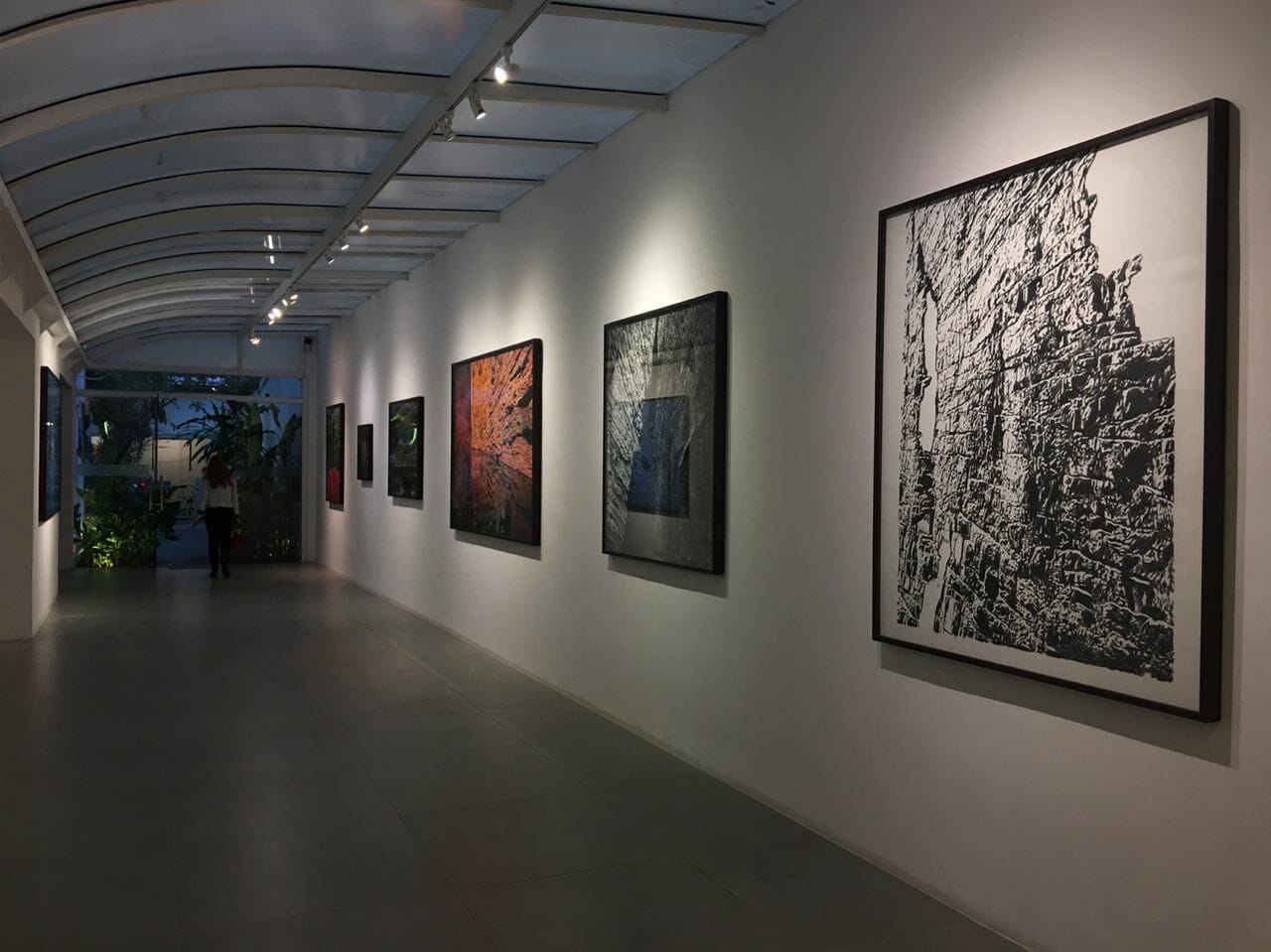unavoidable nature
In the 20th century, with the importance of image technology, diverse and incalculable connections emerged between photography and painting. Photos – as accessories, sources of inspiration and themes – took their place in the studios. The floors and walls of the studios of a wide range of artists were often covered with photos and images cut from magazines and newspapers. Eugène Delacroix studied the process of making daguerreotypes and used his own photographs as the basis for figures painted in the 1850s.
Édouard Manet was inspired by photos and press articles about the execution of the Mexican emperor in “The Execution of Maximilian” (1868 – 69)1. Henri Rousseau composed his naive paintings from images cut from newspapers and, more recently, David Hockney used photographs of Californian houses to paint most of his swimming pools.
Using the same technique, Kilian Glasner uses the photographic image as a tool for his works. The landscape and the moment of enchantment are taken to the studio to be absorbed and recreated. Photography allows a pause in the gaze, which is accommodated in the camera until the moment of creation.
“Natureza Incontornável” talks about Kilian’s experiences during four months in Chapada Diamantina. Immersion in nature, in its magnitude, causes the expansion of sensations that are translated into works. Feeling each experienced space and transforming yourself is also a method. Isolated, the artist becomes stone. He understands the movement of water and the mosses that line its walls. The hand, already hardened by the effort, insists. Storms arise. Raging rivers, anguish and disturbances are revealed on paper.
Over time, Kilian gets used to solitude and his chosen technological exile. He seeks regeneration in local rituals and medicines. He finds in Kambô, the frog vaccine, a way to ward off negative states and get in harmony with nature. Regardless of beliefs and superstitions, the medication seems to influence the work by making it more fluid, detached from the perfect image of the photograph, but more attentive to sensations. A primordial dive into nature, revisited from each trait and scenes linked to the plant kingdom. Kilian Glasner’s new drawings arise from the weight of steps, from references to the instinctual environment of beings, from lines that exist between mastery and detachment, between automatism and trance, the rational and the unconscious.
Curator: Paulo Kassab Jr
1. Hans Ulrich Obrist, Paths to Curation. Ed. Cobogó, 2014






